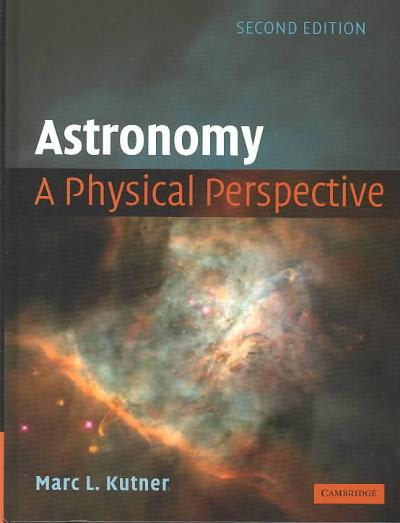Answered step by step
Verified Expert Solution
Question
1 Approved Answer
In this activity, we will calculate the average acceleration of the car using two methods, the sampling method and the physics method. This is similar
In this activity, we will calculate the average acceleration of the car using two methods, the sampling method and the physics method. This is similar to what we did last week to find the average velocity, but for acceleration. I have chosen ten data points off of the acceleration graph and placed them in the table below. 0.403m/s2 0.375m/s2 0.352m/s2 0.359m/s2 0.370m/s2 0.343m/s2 0.312m/s2 0.358m/s2 0.431m/s2 0.332m/s2 Calculate the average acceleration from these ten data points. Show the calculation in the space below (2 points). Next, we will use the physics definition of acceleration to calculate the average acceleration. To do this, we will find the ratio of the change in velocity to the elapsed time. I have chosen two points of the velocity graph and placed them in the data table below Velocity (m/s) Time(s) Point 1 0.147m/s 0.71s Point 2 0.601m/s 2.03s Calculate the change in velocity between points 1 and 2. Also calculate the corresponding change in time (time interval). Divide the change in velocity by the change in time. This is the average acceleration. Show the calculation in the space below (2 points). Change in velocity (m/s) Time interval (s) Average acceleration (m/s2) Question 2-1 (2 points): Is the acceleration positive or negative? Explain your answer. Question 2-2 (2 points): Does the average acceleration you calculated using the sampling method agree with the average acceleration found from using the physics definition of average acc
Step by Step Solution
There are 3 Steps involved in it
Step: 1

Get Instant Access to Expert-Tailored Solutions
See step-by-step solutions with expert insights and AI powered tools for academic success
Step: 2

Step: 3

Ace Your Homework with AI
Get the answers you need in no time with our AI-driven, step-by-step assistance
Get Started


